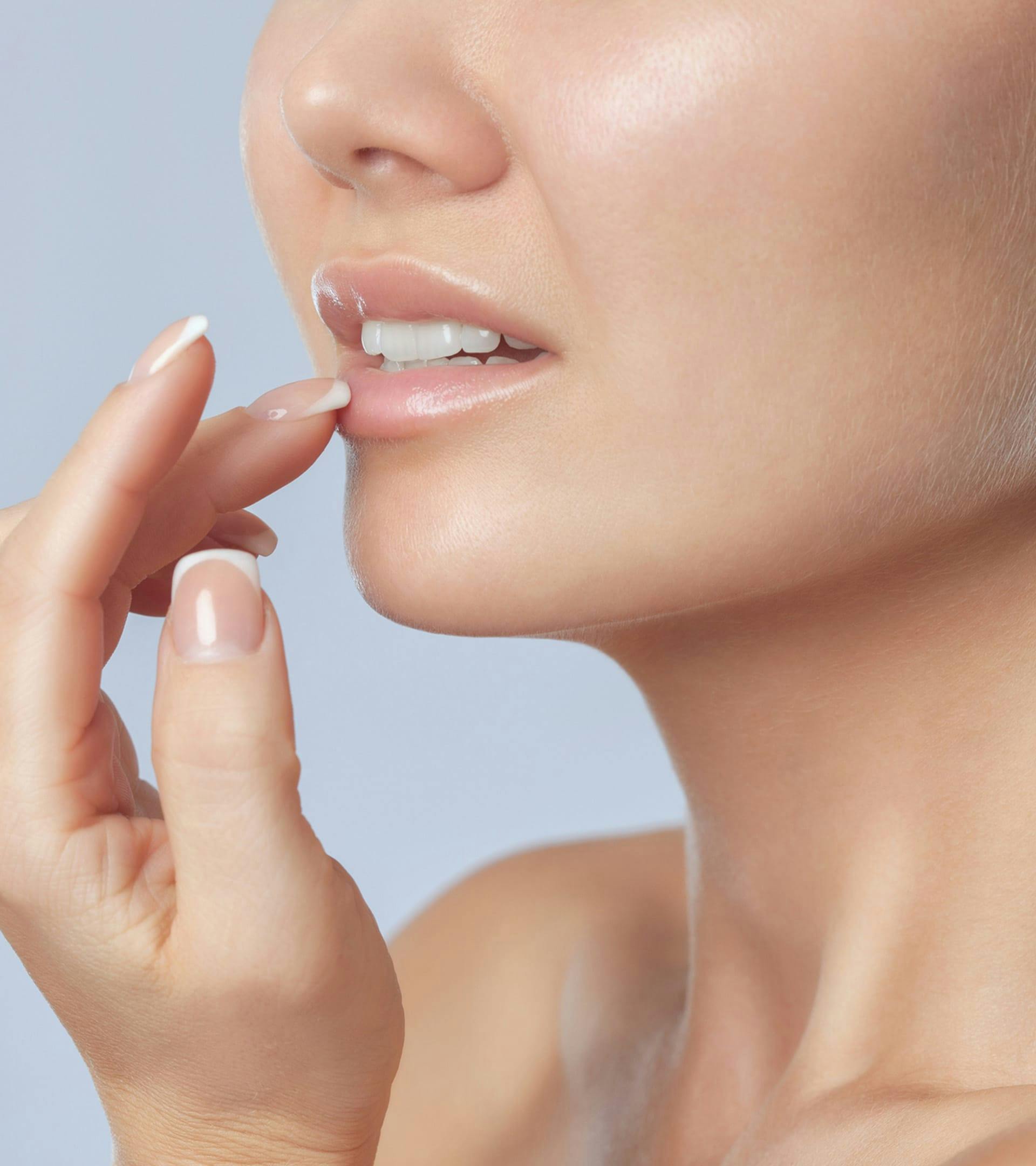Dermaplaning is a procedure that exfoliates your skin and gets rid of dirt and vellus hair, better known as “peach fuzz.”
Risks and Side Effects
Most people have little to no irritation or reaction. Short-term side effects may include:
- Red and swollen skin from the scraping
- Soreness
- A burning or tingling sensation for about 48 hours after the procedure
Dermaplaning isn’t recommended if you have inflammatory skin conditions such as:
- Acne
- Rosacea
- Psoriasis
- Eczema
- Sunburn
It’s not common for your hair to grow back thicker or darker. But in rare cases, dark hair may grow near your chin or “sideburns.”



